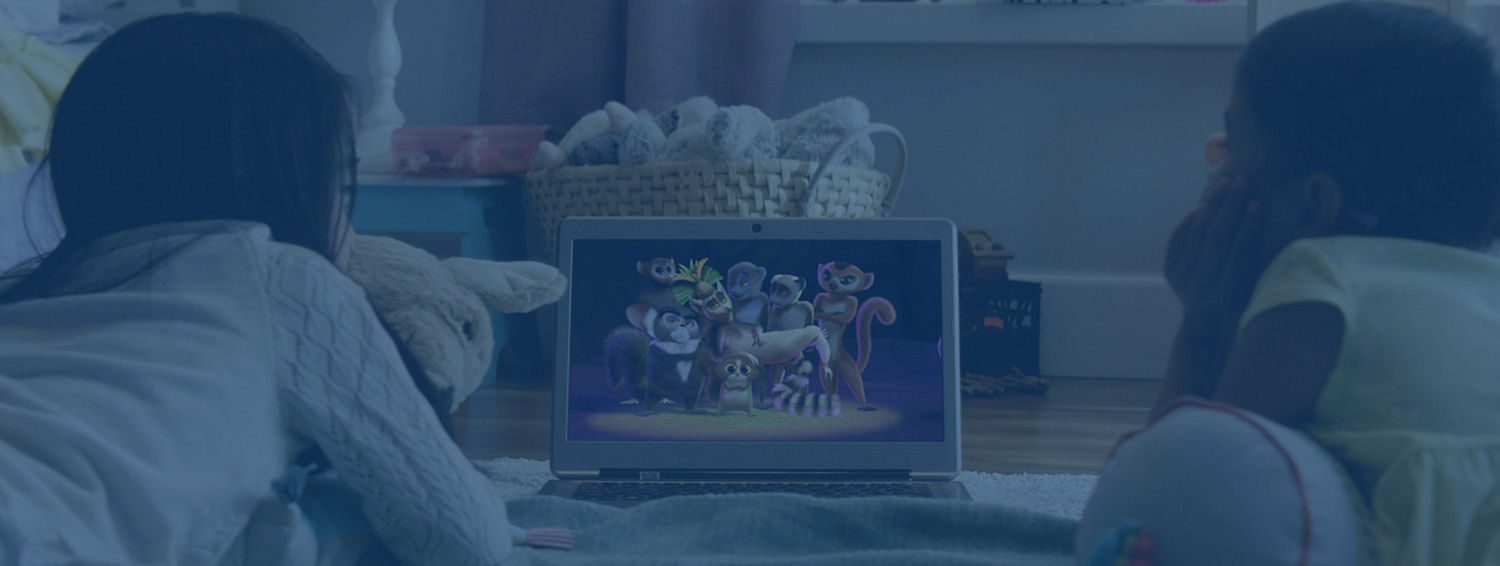Best TV Streaming Channels for Cord Cutters

Want to learn about Connected TV/OTT Advertising with Click Here Digital first? Check out our Connected TV/OTT page for more info.
People are ditching their cable services at such infectious rates, cord-cutting could practically be considered an epidemic. It is no secret that traditional cable is falling to the wayside, and fast. Why overpay for hundreds of TV channels you’ll never watch with cable or satellite when you can stream your favorite shows and movies directly to the device of your choice?
The decision to cut the cord on cable was an easy one for many Americans. As Streaming TV enters the forefront of today’s media consumption, the question arises: How do Streaming TV Channels stack up against the old Traditional TV channels?
Streaming TV Through A Connected TV Device Is the New Linear TV
Most advertisers have a clear distinction between Connected TV and Traditional, or Linear TV. On the other hand, the average consumer of these services does not. The majority of media consumers today simply do not distinguish between watching streaming channels on a Connected TV device and watching cable on a traditional linear TV. Nowadays, it’s all just “watching TV.”
So what’s the difference between OTT streamed content and traditional cable?
Streaming OTT (Over-the-Top) Video refers to any video content that is served to you through traditional cable service. All streaming TV is considered Over-the-Top of your traditional cable provider, so what is the difference between OTT Streaming TV and Cable?
- Cable TV signals enter your home through a dedicated line, and Satellite TV signals enter the home over the air.
- Streaming TV services enter your home through your internet connection. This is why you can stream TV to a variety of devices. Devices that allow you to stream video content through an internet connection are all considered to be Connected TV devices.
If your TV is not a smart TV, you need a streaming stick or box like the Roku Streaming Stick, Fire TV, Apple TV, Chromecast, or another streaming device to allow for that internet connection.
How Do Streaming TV Channels Compare to Traditional TV Channels?
You can stream just about anything anywhere these days. You no longer have to walk to the living room to “watch TV” since we normally have a device to consume content in our own pockets at all times. Lower prices, portability, customization, and ease of signing up are all factors that have lead people to sign up for Streaming TV service like HBO Now, Amazon Prime Video, and Hulu, just to name a few. Traditional cable and satellite providers frequently increase their prices after 12 months and require you to sign a contract. With streaming services, you're not locked into a contract and can opt out at any time.
Below are some of the top streaming services available:
- Hulu with Live TV
- Google's YouTube TV
- Dish Network's Sling TV
- Sony's PlayStation Vue
- AT&T's DirecTV Now and Watch TV
- Philo and Fubo TV
Each of these streaming TV services offers a different mix of channels. As you can see, cord cutters have more choices than just Netflix and Hulu these days. With devices like Roku, Chromecast, and Apple TV, any TV can easily become a Connected TV, ready to stream your favorite shows and movies. It's just a matter of what you want to stream that will determine which Streaming TV service or services are best for you.
Should You Advertise On Streaming Channels?
The short answer is YES. Why? By the end of last year, an estimated 22.2 million people had canceled cable or some other traditional TV service. It’s pretty simple - If you want to be seen, advertise where people will see you.
You might be asking yourself "how do I advertise on Hulu, or How do I advertise to my customers on Ruku TV and Apple TV?" We can help get you started!
Advertising on Streaming TV allows you to spend your marketing dollars on your most valued and targeted viewers using superior targeting capabilities, like geofencing and customer lists. And unlike traditional TV, you get measurable results from your Connected TV campaigns with both digital and traditional metrics, like the completion rate for videos. Advertising on a Streaming TV channel gives you the best of both worlds: the benefit of storytelling with a high production video, and the unmatched targeting capabilities of digital.
Want to learn more about OTT advertising on Streaming Channels? Get in touch with our OTT and CTV Experts at Click Here Digital.

Contact us today and watch your business grow.
Ready to take your marketing strategy to a new level?
We'd love to hear from you.
